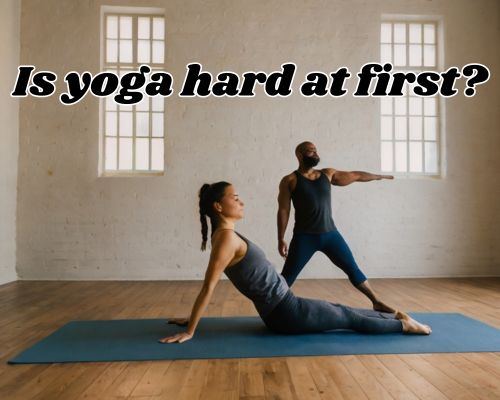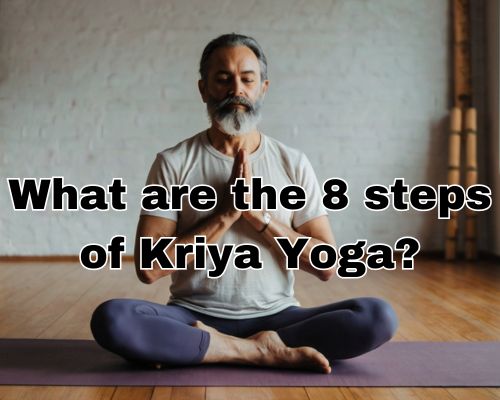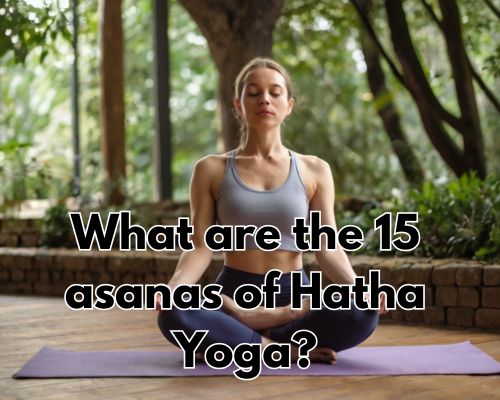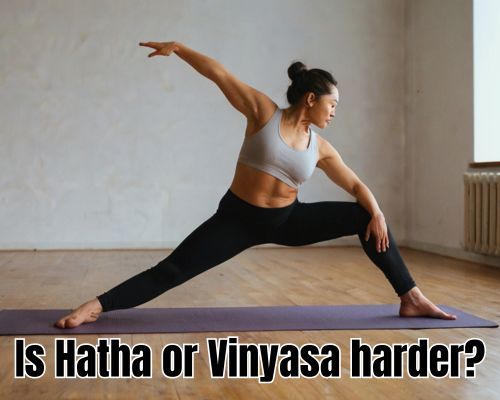What Does Yoga Believe In? Exploring the Spiritual Core from Mornington, Australia
In the scenic coastal town of Mornington, Australia, yoga studios have become more than places for physical exercise—they are sanctuaries of transformation. But beyond the popular images of downward dogs and sun salutations lies a profound philosophical system. So, what does yoga believe in? The answer transcends fitness trends and reaches deep into the ancient spiritual heritage of India.
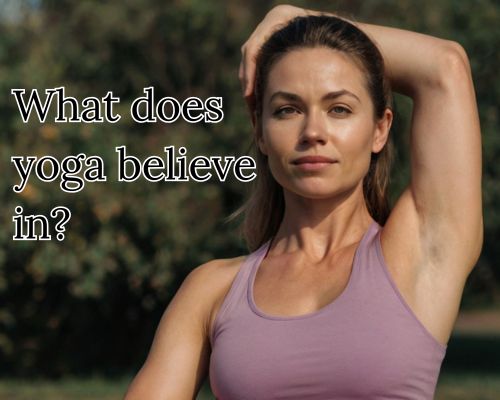
The Philosophical Roots of Yoga
At its heart, yoga is more than just movement—it is a disciplined path toward union. The term “yoga” derives from the Sanskrit root yuj, meaning “to yoke” or “to unite.” This unity refers to the integration of the self with the universal consciousness. Classical yoga, codified by the sage Patanjali in the Yoga Sutras, believes in the Eight Limbs (Ashtanga Yoga), a system designed to guide practitioners toward liberation (moksha).
These limbs include ethical principles (yamas and niyamas), physical postures (asanas), breath control (pranayama), sense withdrawal (pratyahara), concentration (dharana), meditation (dhyana), and ultimately, spiritual absorption (samadhi).
Core Beliefs in Yoga
Yoga believes in a few central philosophical concepts that form the foundation of its practice:
1. Union with the Divine or Higher Self
Yoga sees human suffering as the result of separation—from truth, from self, from spirit. It promotes spiritual awakening as the highest goal, attained through self-discipline and inner exploration. Whether one interprets the divine as God, the Self (Atman), or the universe, yoga posits that liberation comes through connection, not consumption.
2. Karma and Dharma
Yoga draws heavily from Hindu philosophical traditions, where karma (the law of cause and effect) and dharma (righteous living) are key beliefs. Yoga teaches that every action influences the future, and living in alignment with one’s purpose is crucial for spiritual evolution.
In Mornington’s yoga community, many studios such as Bikram Yoga Mornington or The Yoga Circle weave karma yoga—yoga through selfless action—into community events and environmental initiatives. This modern expression of dharma demonstrates yoga’s belief in service as a spiritual path.
3. The Nature of the Mind
Patanjali’s first sutra declares: “Yoga is the cessation of the fluctuations of the mind.” Yoga philosophy views the mind as a source of illusion (maya) and suffering. Through practices like meditation, pranayama, and conscious movement, practitioners learn to quiet mental noise and develop clarity.
4. Chakras and Energy Flow
Though more prominent in Tantric yoga traditions, belief in the chakra system—seven primary energy centers aligned along the spine—is also embedded in many modern yoga practices. Blockages in these energy centers are thought to cause physical and emotional imbalances.
Yoga in Mornington increasingly integrates chakra healing workshops, sound baths, and breathwork—blending ancient wisdom with contemporary wellness.
Modern Interpretations of Yogic Belief
While rooted in ancient texts like the Bhagavad Gita, Upanishads, and Yoga Sutras, yoga today is interpreted through varied lenses. For example:
- Hatha Yoga emphasizes physical purification as a gateway to spiritual clarity.
- Bhakti Yoga promotes devotion to the divine, often expressed through chanting and sacred rituals.
- Jnana Yoga focuses on knowledge and self-inquiry.
- Raja Yoga follows the meditative path toward samadhi.
Each branch highlights different aspects of yoga’s belief system, yet they all aim toward liberation of the self.
In places like Mornington, yoga has gracefully adapted to the local culture. Studios like Bikram Yoga Mornington frequently offer blends of Vinyasa, Yin, and Kundalini yoga, encouraging both physical health and inner awareness. Yet, even in these contemporary forms, the original spiritual beliefs of yoga remain subtly present.
Local Resonance: Yoga and the Mornington Community
In Mornington, yoga has flourished not just as a form of exercise, but as a tool for mental health, community connection, and spiritual exploration. Local practitioners often speak of how yoga has helped them cope with stress, find balance, and reconnect with their purpose.
The Mornington Peninsula attracts a wide demographic—retirees, professionals, surfers, creatives—all drawn to the area’s natural beauty and slower pace. Yoga here isn’t just imported philosophy; it’s a lived practice deeply resonant with the community’s values: balance, presence, and well-being.
Events like the Peninsula Hot Springs Yoga Retreat or community meditations on Mothers Beach serve as real-life expressions of yoga’s belief in unity—not just on a metaphysical level, but socially and emotionally.
Addressing Common Misconceptions
“Is yoga a religion?”
Not exactly. While yoga draws from Hindu and Buddhist philosophies, it is not a religion in itself. Instead, it is a spiritual technology—a set of practices aimed at elevating human consciousness. Many Mornington practitioners come from Christian, agnostic, or secular backgrounds and find that yoga complements their worldview rather than conflicts with it.
“Is yoga just stretching?”
Far from it. The asanas (poses) are just one limb of yoga. The deeper beliefs revolve around self-awareness, compassion, and liberation from egoic patterns. In fact, yoga sees the physical body as a vessel to access subtler dimensions of reality.
How to Begin Aligning with Yogic Beliefs
Whether you’re stepping onto the mat in Mornington for the first time or diving deeper into yogic philosophy, here are some ways to engage with yoga’s core beliefs:
- Practice with intention: Yoga believes in mindfulness and purpose behind every action. Move and breathe with awareness.
- Study the roots: Read texts like the Yoga Sutras, Bhagavad Gita, or Hatha Yoga Pradipika to gain insight into the original teachings.
- Live your dharma: Reflect on your purpose and align your daily life with values like honesty, kindness, and non-harm (ahimsa).
- Embrace stillness: Set aside time for meditation and breathwork. Silence is sacred in yogic tradition.
In Mornington, local yoga teachers often host philosophy nights or meditation circles to deepen students’ understanding—an excellent resource for those ready to go beyond the mat.
Conclusion: The Heart of Yoga Belief
So, what does yoga believe in? It believes in the transformative power of unity—within the self, with others, and with the greater universe. It teaches that beneath the chaos of thought and ego lies a deeper truth: we are already whole.
For Mornington locals seeking not just to stretch, but to grow, yoga offers an ancient roadmap made modern—guiding each individual from the outer world of doing to the inner world of being.
Whether you’re on the sand dunes of Schnapper Point or the timber floors of your favorite Mornington yoga studio, every breath becomes an act of remembrance. That is the essence of yoga’s belief: unity, awareness, and the return to self.
